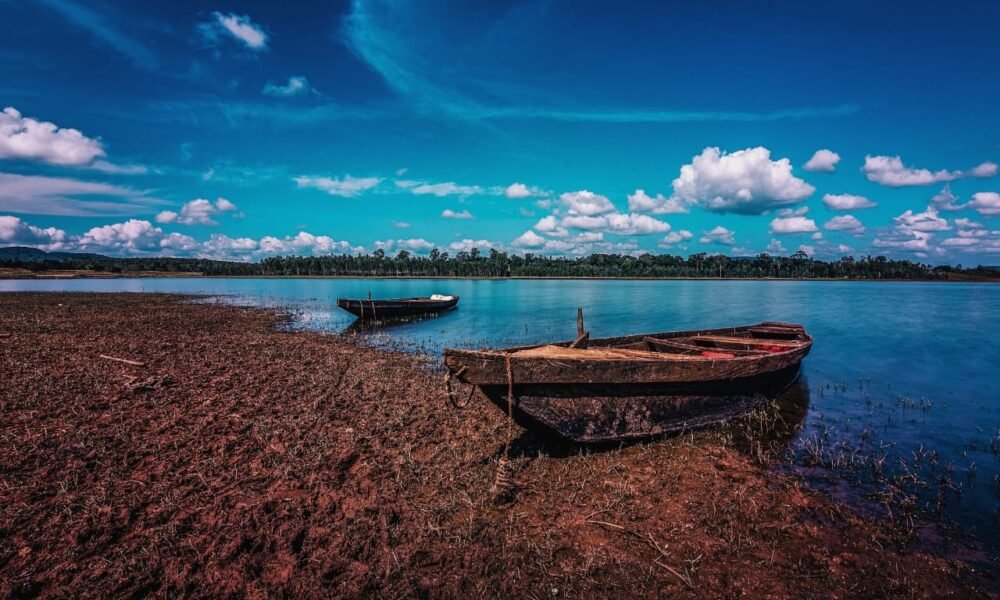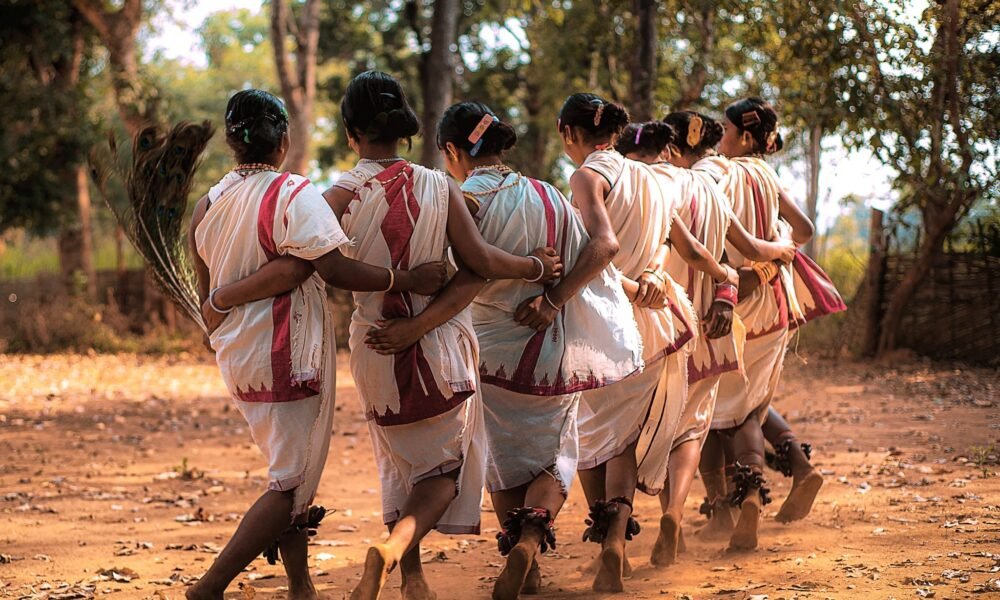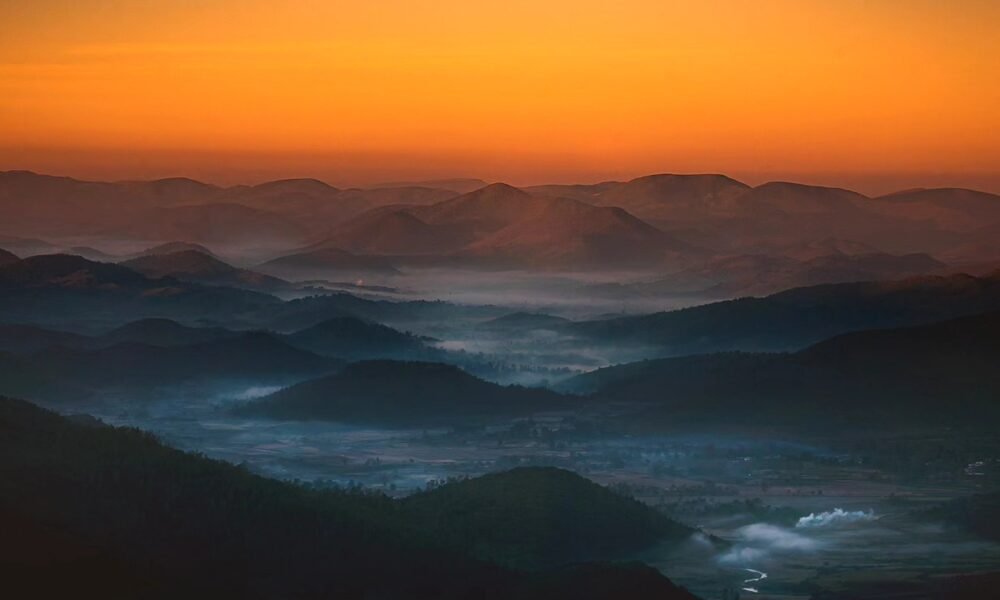Koraput District in Odisha offers a unique blend of natural beauty, rich cultural heritage, and adventure. Whether you’re a nature lover, a cultural enthusiast, or someone seeking tranquility, Koraput has something for everyone. Here are six ways to make the most of your stay in Koraput District, ensuring an unforgettable experience.
1. Immerse Yourself in Tribal Culture
Koraput is home to several indigenous tribes, each with its own distinct traditions and way of life. To truly experience the region, spend some time engaging with the local tribes, such as the Kondh, Gadaba, and Bonda. Visit tribal villages to witness traditional crafts, dances, and ceremonies. Participating in local festivals and exploring tribal markets can provide deep insights into the rich cultural tapestry of Koraput.
2. Explore Scenic Trails and Hills
Koraput’s diverse landscape offers numerous opportunities for outdoor adventures. Trek through lush green hills, such as Deomali, the highest peak in Odisha, or hike along picturesque trails like those near Duduma Waterfalls. The region’s natural beauty provides ample opportunities for trekking, hiking, and camping, allowing you to connect with nature and enjoy breathtaking views.
3. Visit Breathtaking Waterfalls
Koraput is renowned for its stunning waterfalls, each offering a unique experience. Don’t miss Duduma Waterfalls, one of the highest in India, where you can enjoy the roar of the cascading water and the lush surroundings. Talamating Waterfalls and Kolab Dam are also worth a visit, providing serene spots for relaxation and photography amidst nature.
4. Savor Local Delicacies
The cuisine of Koraput is a flavorful reflection of its culture and natural resources. Sample traditional dishes like Bamboo Chicken, Mandia Jau, and Pakhala Bhata. Visit local eateries and tribal markets to taste authentic regional dishes and learn about the unique ingredients and cooking methods that define Koraput’s culinary landscape.
5. Engage in Adventure Activities
For thrill-seekers, Koraput offers a range of adventure activities. Try fishing or angling in the serene waters of Kolab Dam, or indulge in bird watching and stargazing in the clear skies of the foothills. Activities like camping, bonfire nights, and guided village tours provide additional ways to experience the region’s natural and cultural richness.
6. Relax and Rejuvenate
Sometimes the best way to enjoy a stay is to simply relax and rejuvenate. Take advantage of the tranquil environment of Foothills Retreat, where you can unwind amidst nature. Enjoy leisurely walks, meditative sessions, or just relax in your accommodation with stunning views. The peaceful ambiance of Koraput offers a perfect retreat from the hustle and bustle of everyday life.
Koraput District is a treasure trove of experiences waiting to be discovered. From engaging with tribal cultures and exploring scenic landscapes to savoring local delicacies and indulging in adventure activities, there’s no shortage of ways to enjoy your stay. Whether you’re seeking excitement or tranquility, Koraput offers a memorable and enriching travel experience.





